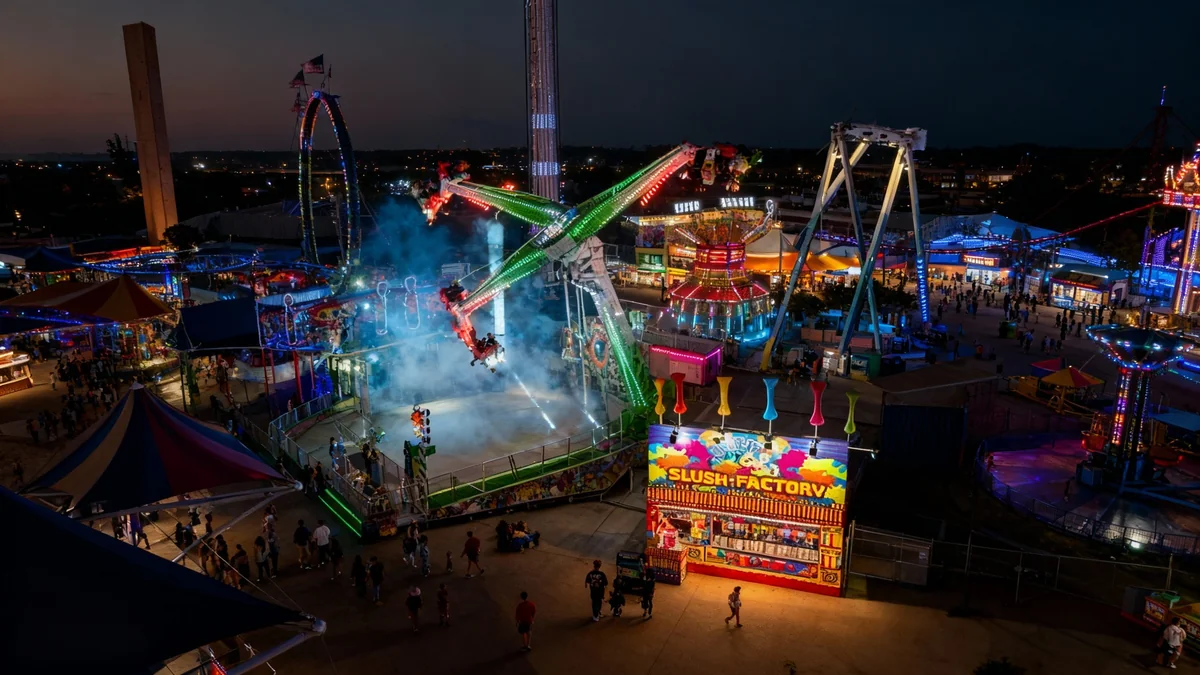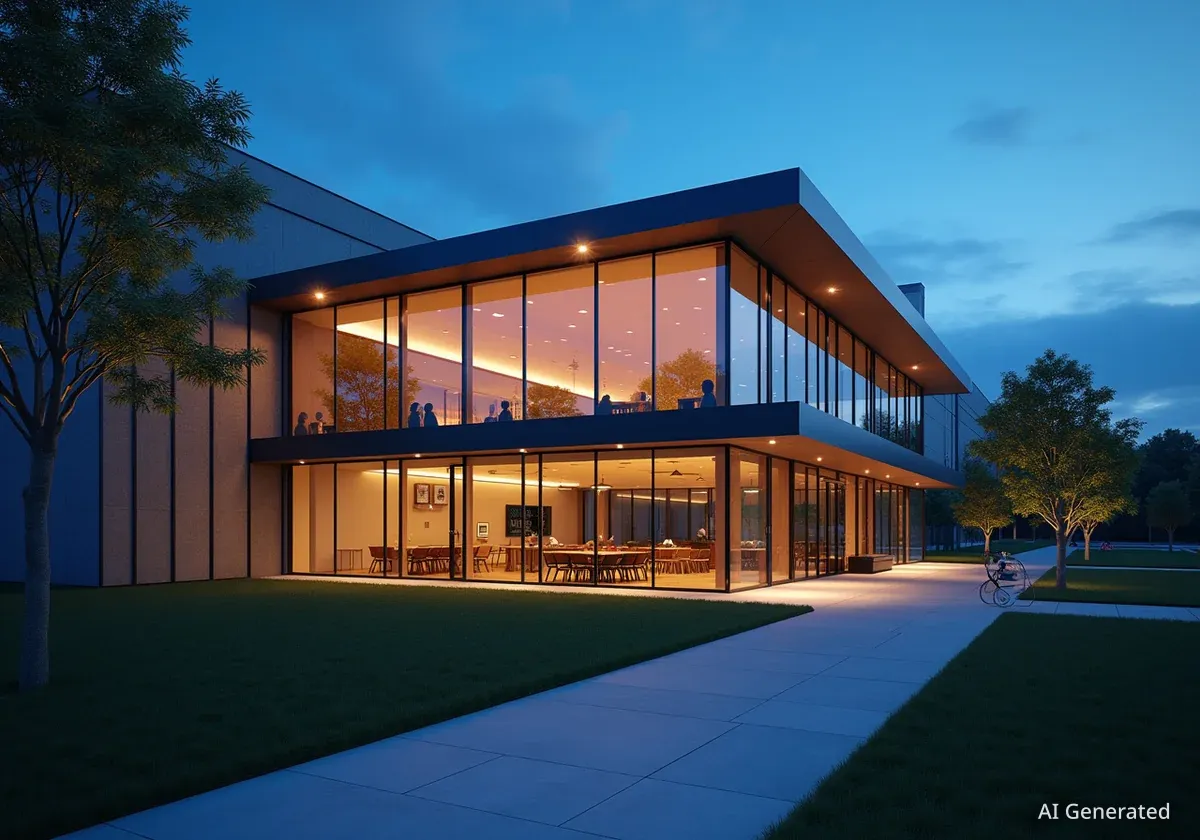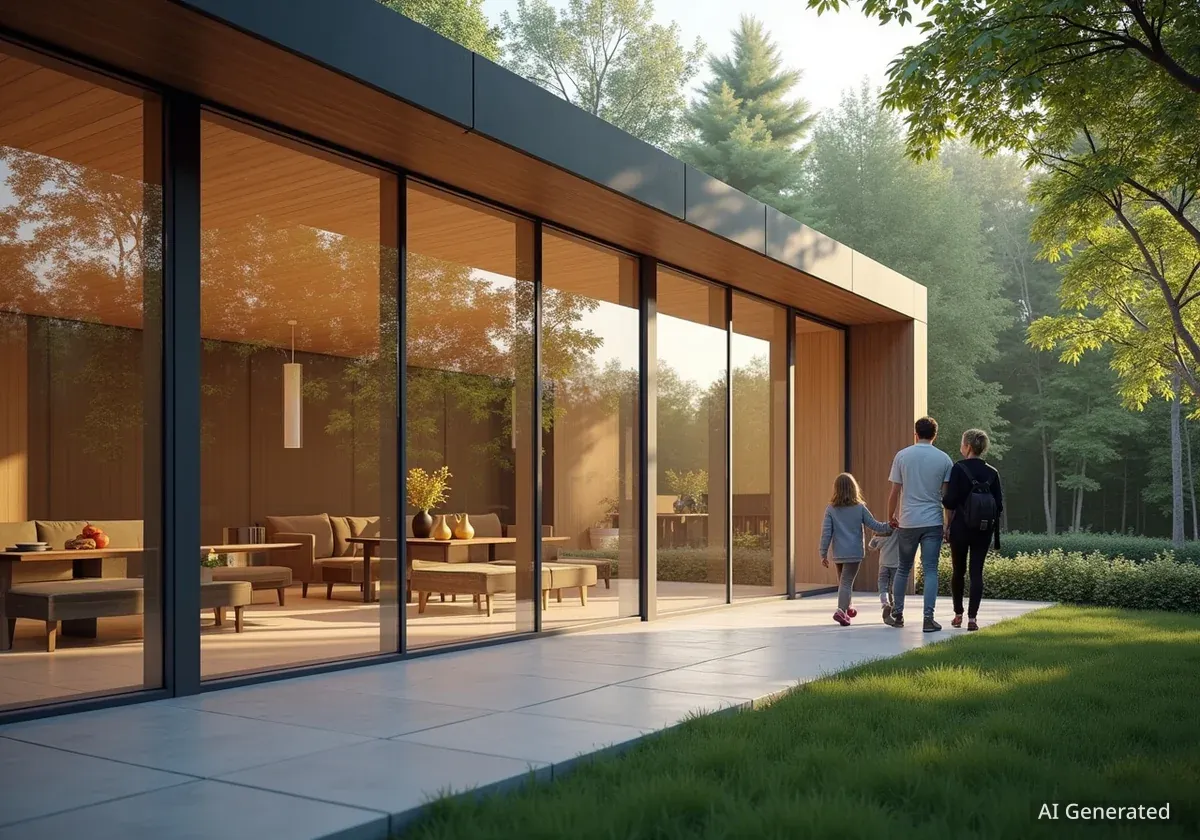The distinct atmospheres of the State Fair of Texas and the Orange County Fair in California offer more than just entertainment and unique foods; they serve as living case studies of their respective regional business cultures. An analysis of these annual events reveals fundamental differences in market scale, operational pace, and consumer expectations that directly mirror the commercial real estate and business landscapes of these economic powerhouses.
From the sheer size of the grounds to the types of food served, these gatherings reflect how businesses in Texas and Southern California approach growth, risk, and client relationships. Understanding these cultural undercurrents provides valuable insight for investors, entrepreneurs, and companies looking to operate in these divergent markets.
Key Takeaways
- Market Scale: The sprawling State Fair of Texas reflects the state's vast, expansion-focused business environment, while the more compact Orange County Fair mirrors California's dense, infill-driven market.
- Operational Pace: The relaxed, lingering pace of Texas fairgoers contrasts with the faster, more directed movement at the OC Fair, paralleling the different speeds of business negotiations and deal-making in each region.
- Client Appetite: Food choices, from deep-fried novelties in Texas to a mix including organic options in California, serve as a metaphor for client risk tolerance and investment preferences in each state.
- Community Connection: Both fairs emphasize local pride, underscoring the importance of connecting business activities to community identity and economic development for long-term success.
A Tale of Two Fairs: Scale and Ambition
The first and most striking contrast between the two events is physical scale. The State Fair of Texas, held in Dallas, is the largest in the United States, sprawling across 277 acres at Fair Park. Visitors are greeted by "Big Tex," a 55-foot-tall statue, symbolizing an environment where size and grandiosity are celebrated. This massive footprint is analogous to the Texas business landscape, known for its vast industrial parks, large-scale logistics hubs, and ample room for new development.
In this market, the prevailing mindset is often centered on expansion. Companies have the physical space to build bigger, and the economic climate encourages large-scale projects. Commercial real estate deals frequently involve large tracts of land and new construction, reflecting a "wide-open canvas" approach to growth.
Conversely, the Orange County Fair in Costa Mesa, California, occupies a more modest 150 acres. Its layout feels more intimate and navigable. This constrained space is a direct reflection of the Southern California real estate market, one of the densest and most competitive in the nation. With limited undeveloped land, the focus shifts from sprawling new builds to creative and efficient use of existing space.
Business strategy in this environment requires a different skill set. Success depends on repurposing existing structures, subdividing properties, and modernizing older buildings. It's a market that rewards precision and optimization within tight boundaries, a stark contrast to the expansionist model often seen in Texas.
By the Numbers: A Study in Contrast
- State Fair of Texas: Operates for 24 consecutive days and attracts over 2 million visitors annually.
- Orange County Fair: Runs for 23 days (with closures on Mondays and Tuesdays) and sees approximately 1.3 million visitors.
- Economic Impact: The Texas fair generates over $600 million for the local economy, while the OC fair contributes over $300 million.
The Rhythm of Business: Pace and Relationships
Beyond physical size, the general pace of activity at each fair reveals much about local business tempo. At the State Fair of Texas, visitors tend to stroll and linger. The atmosphere encourages unhurried exploration, socializing, and soaking in the experience over many hours or even a full day. This slower, more deliberate pace is often mirrored in the region's business dealings.
In many Texas industries, relationships are foundational and built over time. Deals can develop through extended conversations and a measured approach to negotiation. While the market can move quickly, there is a cultural appreciation for taking the time to build trust before closing a transaction.
In contrast, the Orange County Fair experience often feels faster. Visitors may arrive with a specific plan—to see a concert, visit certain exhibits, or try a particular food item—and then move on. This efficient, time-conscious approach is characteristic of the high-stakes Southern California business world.
Here, the tempo is brisk. Speed, timing, and competition are critical factors that often determine the outcome of a deal. In a market with high demand and limited supply, hesitation can mean a lost opportunity. Successful professionals learn to adapt to this rapid rhythm, making quick, informed decisions.
Understanding Market Dynamics
The differing paces are not just cultural quirks; they are rational responses to market conditions. In a land-rich environment like Texas, opportunities may be plentiful, allowing for more deliberation. In a land-scarce market like Southern California, the scarcity of opportunities creates intense competition and urgency.
Serving the Local Palate: Risk and Reward
Perhaps the most colorful metaphor for regional business appetite is the food. The State Fair of Texas is famous for its culinary creativity, particularly with deep-fried foods. Items like fried butter, fried Oreos, and fried bacon-wrapped hot dogs are celebrated annually. This food culture is indulgent, bold, and unapologetically over-the-top.
This culinary adventurousness can be seen as a parallel to a higher risk tolerance in the business community. Texas markets often reward big, bold moves, such as speculative development, large portfolio acquisitions, or investing in high-growth, high-risk ventures. The appetite is for deals that promise significant returns, even if they come with greater uncertainty.
While the Orange County Fair certainly has its share of fried treats, there is also a visible presence of fresher, local, and sometimes organic options. This reflects a consumer base that, while still seeking indulgence, also values balance, sustainability, and predictability.
"In brokerage, knowing your client’s appetite is everything. Some crave big, bold moves... Others prefer steady, predictable, and sustainable decisions. Our job is to serve what satisfies, not just what’s trending on the midway."
This translates into a business and investment climate where many clients prefer stability. Steady, predictable returns from well-established assets are highly valued. While risk-takers exist everywhere, the Southern California market has a strong contingent of investors focused on capital preservation and long-term, sustainable growth rather than purely speculative gains.
The Power of Place: Community and Connection
Despite their differences, both fairs share a powerful commonality: a deep sense of community pride. The exhibits at the State Fair of Texas celebrate the state's history in agriculture, energy, and innovation. Similarly, the Orange County Fair prominently showcases local artists, community agriculture programs, and small businesses that form the backbone of the regional economy.
This focus on local identity serves as a crucial reminder for any business operating in these regions. The most successful enterprises are those that connect with the community they serve. A commercial real estate transaction isn't just about a building; it's about how that building fits into the economic and social fabric of the neighborhood.
When a manufacturer expands its plant, a new logistics center opens, or a retail space is filled, these actions have direct impacts on local jobs and services. Recognizing and honoring this connection transforms a simple transaction into a lasting business relationship. Whether operating on the grand scale of Texas or within the intricate framework of California, understanding that business is fundamentally local remains the key to sustainable success.




